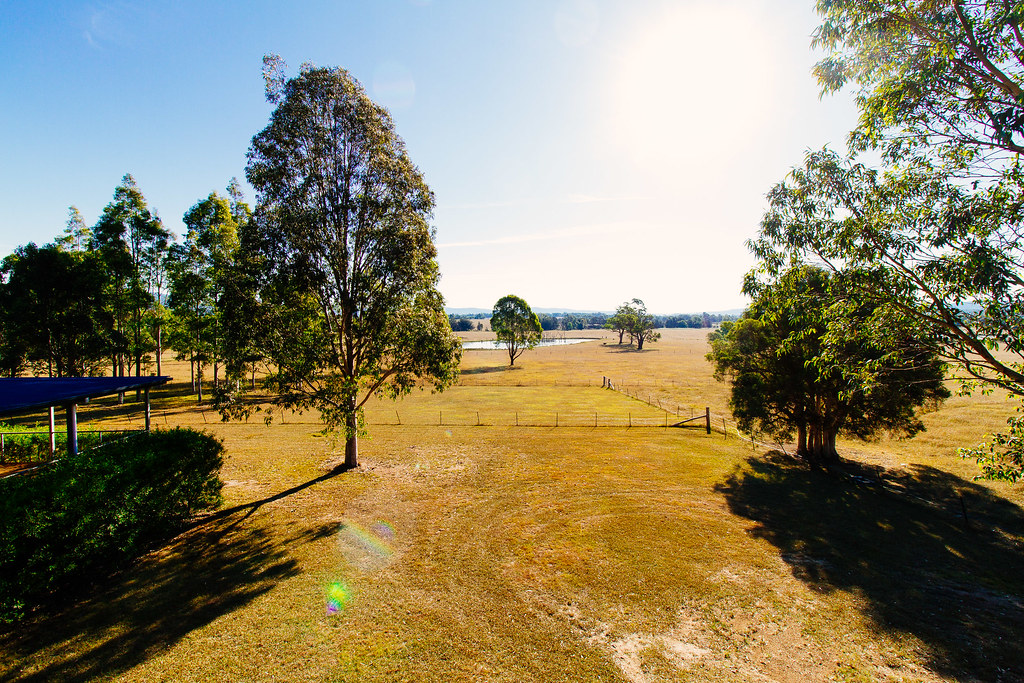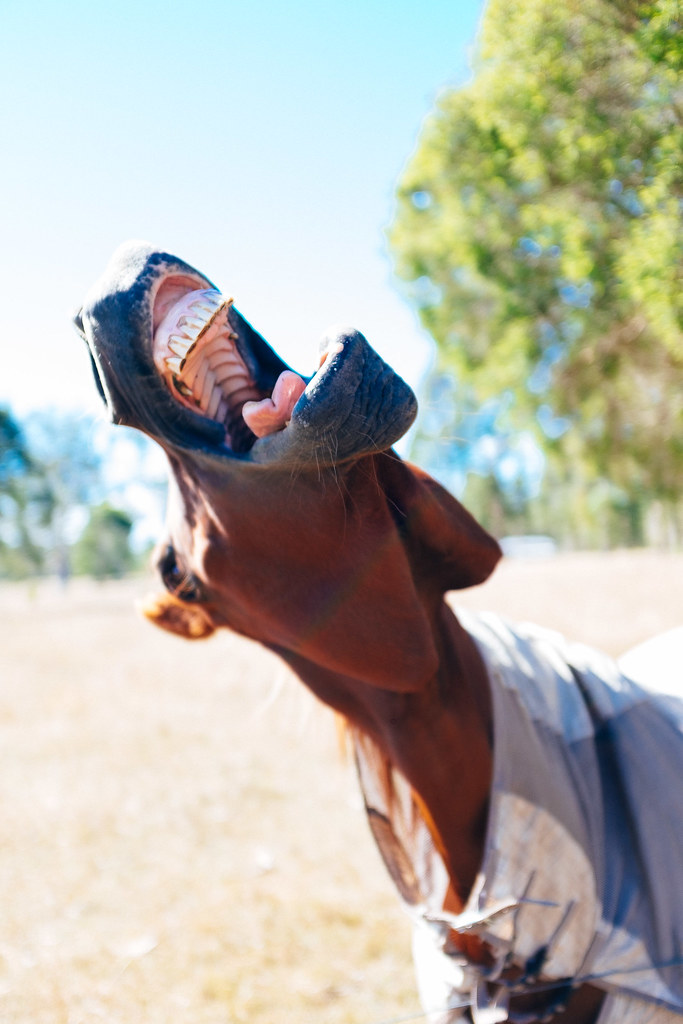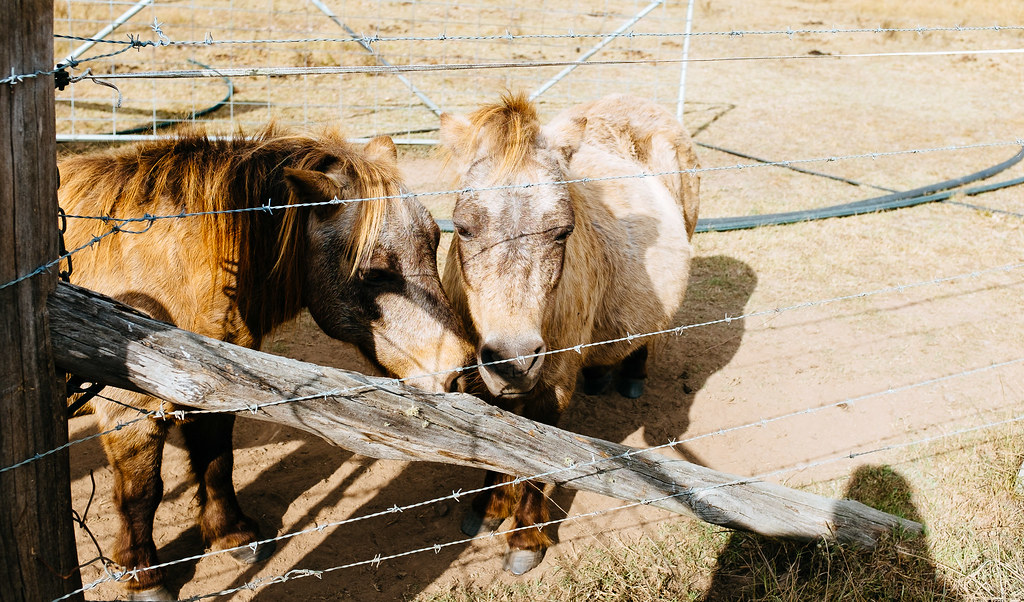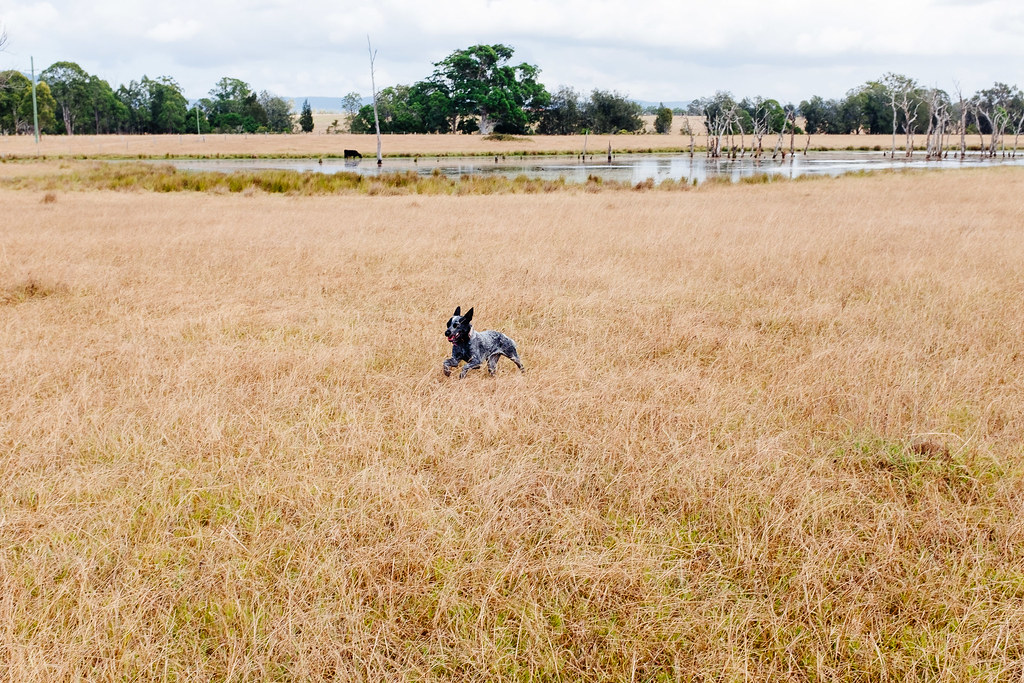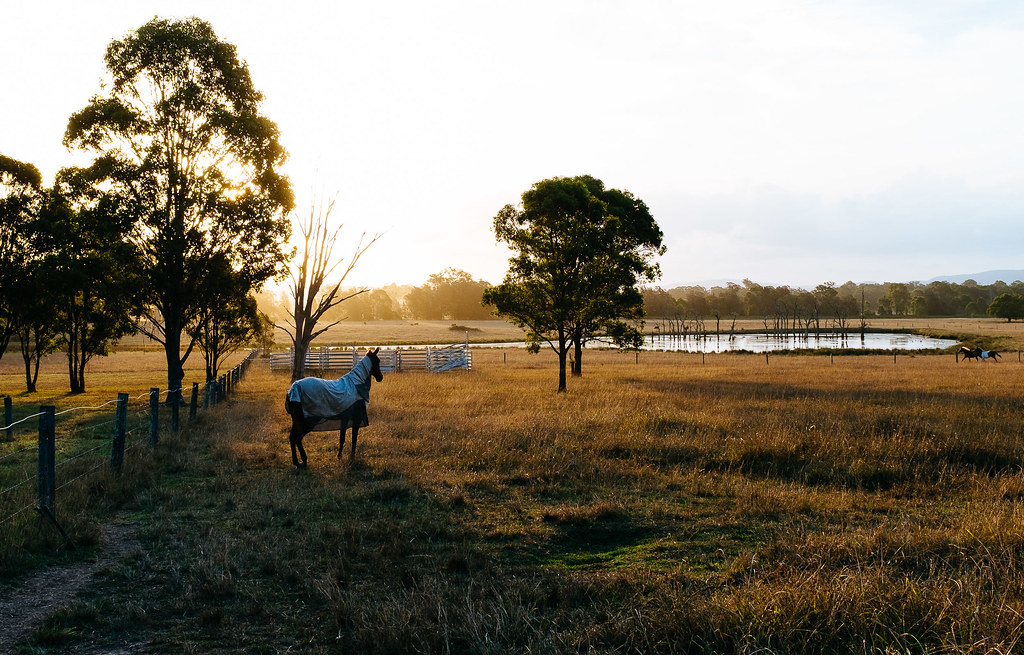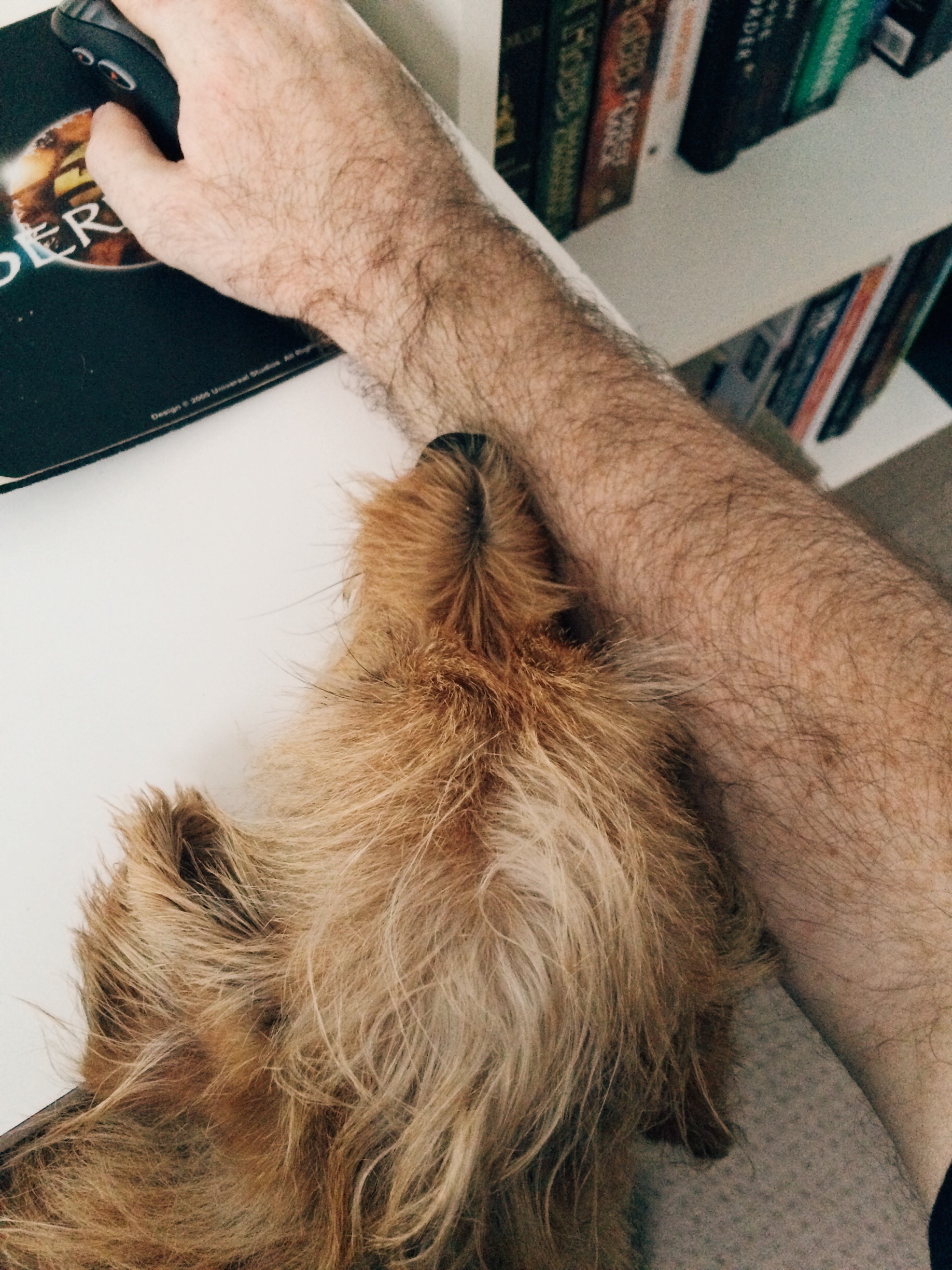Pictionary Against Humanity
We had some friends over for a barbecue and some games last night and invented something awesome*.
We’d recently bought our own set of Pictionary so were playing that with slightly modified rules whereby one person would be drawing and everyone else was guessing what it was (instead of playing in teams, mostly because we initially didn’t have a useful number of people for teams). Someone mentioned Cards Against Humanity, and Kristina and Millsy both simultaneously had the idea of PICTIONARY AGAINST HUMANITY. Instead of playing a black question card as in Cards Against Humanity and everyone putting down the white cards for answers, we’d have our own individual pile of white cards and would choose one and have to draw it and everyone else guessed the card we were drawing.
It’s seriously amazing. Our rules are as follows:
- Each player gets a pile of 20-30 white cards and checks through them all to weed out the cards they couldn’t draw (the really weird abstract ones, etc.), then shuffles the pile face-down in front of them.
- Going around the table in turns, each player takes a single white card from the top of their personal deck—without showing anyone—and attempts to draw it, and everyone else tries to guess the card (with the exact wording of that card). If the drawing player decides it’s too difficult to draw, they can put it in the discards pile and take another card from the top of their deck.
- There’s a two-minute time limit for guesses, and if the time runs out without anyone guessing it, the same player picks up another card from their deck and attempts to draw it.
- The person who correctly guesses the white card that was being drawn takes that card and puts it face-up in front of them, and at the end of the game whoever has the most face-up cards wins.
Same as in CaH, the “end of the game” is whenever you want it to be. The best tip is to make sure everyone has played enough CaH that they’re quite familiar with all the white cards. We have the base game plus the first through sixth expansions but the fifth and sixth ones were relatively recent additions and so there were a number of cards we’d either not seen before or hadn’t seen enough to remember. Those ones were just put straight into the discard pile.
It’s all the hilarity of Cards Against Humanity but with the added bonus of making really shitty stick figure drawings. Give it a try!
* Ok fine, I’m sure someone has thought of this before, but whatevs.
